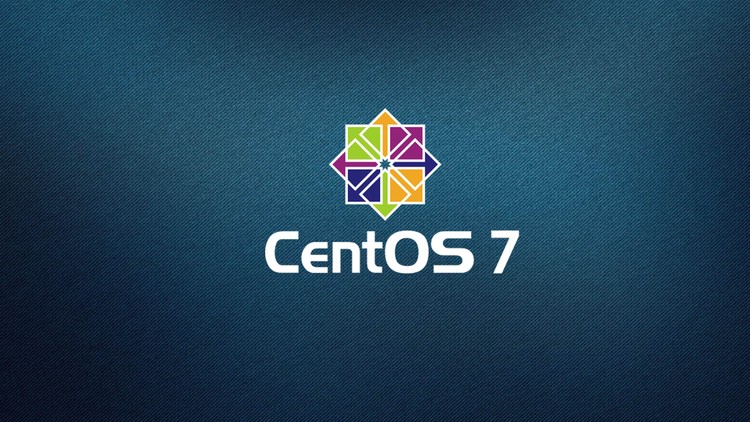Introduction: Linux CentOS is a powerful and versatile operating system widely used in server environments. To fully harness its capabilities, understanding and mastering essential commands is crucial. This article provides a detailed guide to the most important Linux CentOS commands, helping users navigate and manage their systems with ease. By understanding these commands, both beginners and experienced users can effectively manage their CentOS systems, ensuring stability and performance.
Why Are Linux CentOS Commands Important?
Linux CentOS commands form the backbone of system management, allowing users to perform tasks such as file manipulation, process management, network configuration, and more. Mastery of these commands ensures efficient and effective management of the CentOS operating system, making it a vital skill for system administrators and users alike. Understanding why these commands are important can significantly improve your workflow and system performance. Additionally, these commands are not only crucial for managing day-to-day tasks but also for troubleshooting issues, optimizing performance, and ensuring system security.
How to Use Linux CentOS Commands?
Using Linux CentOS commands requires familiarity with the terminal, where these commands are executed. Basic commands like ls, cd, cp, and mv are used for navigating and managing files. More advanced commands such as yum for package management, systemctl for service management, and firewalld for firewall configuration, empower users to manage their CentOS systems efficiently. Understanding the syntax and options for each command is essential for effective usage. For instance, the yum command is particularly powerful, allowing you to install, update, and remove software packages easily. Similarly, systemctl provides control over system services, enabling you to start, stop, and check the status of various services running on your server.
For new users, it’s essential to start with the basics and gradually move to more complex commands. For example, beginning with simple navigation commands like cd (change directory) and ls (list directory contents) builds a foundation for understanding more complex tasks. As you become more comfortable, you can explore commands that manage system resources, like top or htop, which display real-time information about system performance and processes. Additionally, understanding how to use piping (|) and redirection (>, <) in commands can significantly enhance your command-line efficiency.
What Are the Structures of Linux CentOS Commands?
The structure of Linux CentOS commands typically follows a pattern: command [options] [arguments]. For example, the command ls -l /home/user lists files in the /home/user directory with detailed information. The command itself tells the system what to do, while options modify its behavior, and arguments specify the target. Understanding this structure is key to mastering CentOS commands and utilizing them effectively for system management. Moreover, many commands allow the combination of multiple options to perform more complex tasks in a single line. For instance, combining the grep command with ls (e.g., ls -l | grep filename) enables you to filter directory listings for specific files, making file management more efficient.
Advanced users often take advantage of command chaining and scripting to automate routine tasks. For example, by using the && operator, you can chain commands so that the next command only executes if the previous one succeeds. Similarly, creating simple bash scripts to automate tasks like backups or updates can save time and reduce the potential for human error. These scripts can be scheduled using the cron command, which is a time-based job scheduler in Unix-like operating systems, allowing you to run scripts at specific times or intervals.

Why Mastering Linux CentOS Commands Is Crucial?
Mastering Linux CentOS commands is crucial for anyone working in a server environment. These commands provide the tools necessary to configure, secure, and optimize your CentOS system. From managing services and processes to setting up network configurations and security protocols, proficiency in these commands ensures that your system runs smoothly and securely. Moreover, it empowers you to troubleshoot issues efficiently, minimizing downtime and maximizing productivity. For instance, understanding how to configure iptables for firewall management or using ss to monitor network connections can greatly enhance your server’s security and performance.
In addition to the practical benefits, mastering these commands also positions you for career advancement. Whether you’re aiming to become a system administrator, DevOps engineer, or IT consultant, proficiency in Linux command-line tools is often a prerequisite. Many certification programs, such as the Red Hat Certified System Administrator (RHCSA) or CompTIA Linux+, include command-line proficiency as a core component. Thus, investing time in learning and mastering CentOS commands not only enhances your technical capabilities but also opens doors to new professional opportunities.
Top 10 Essential Linux CentOS Commands
To get you started, here are ten essential Linux CentOS commands that every user should know:
ls– Lists directory contents.cd– Changes the current directory.yum– Manages packages.systemctl– Controls system services.firewall-cmd– Configures firewall settings.top– Displays running processes.cp– Copies files and directories.mv– Moves or renames files and directories.chmod– Changes file permissions.df– Displays disk space usage.
While these commands are essential, it’s also important to continuously expand your knowledge. Exploring additional commands like rsync for efficient file synchronization, awk and sed for text processing, or tar for archiving can further enhance your capabilities. Each of these commands serves a specific purpose and, when used effectively, can streamline complex tasks and improve system management efficiency.
Conclusion: In conclusion, mastering Linux CentOS commands is essential for anyone looking to effectively manage and optimize their system. Whether you’re a system administrator or a regular user, these commands provide the foundation needed to perform a wide range of tasks efficiently. By learning and practicing these commands, you can take full control of your CentOS environment, ensuring smooth operation and enhanced productivity. Remember, the command line is not just a tool but a powerful interface that, when mastered, unlocks the full potential of your Linux system. For more in-depth guides and additional resources, be sure to visit Linux CentOS Commands.




